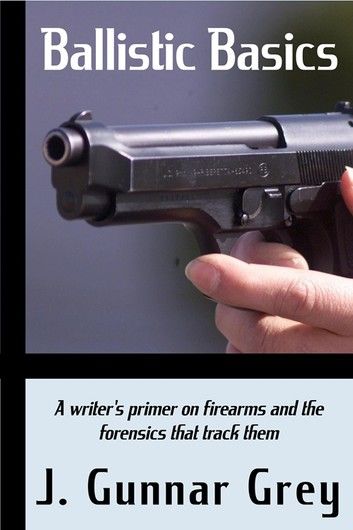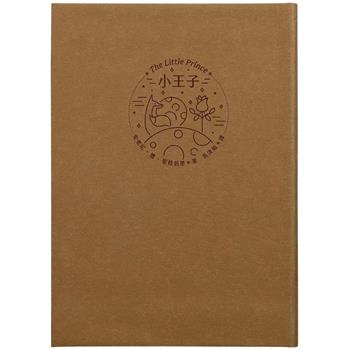| FindBook |
有 1 項符合
Ballistic Basics的圖書 |
 |
Ballistic Basics 作者:J. Gunnar Grey 出版社:Dingbat Publishing 出版日期:2014-07-21 |
| 圖書館借閱 |
| 國家圖書館 | 全國圖書書目資訊網 | 國立公共資訊圖書館 | 電子書服務平台 | MetaCat 跨館整合查詢 |
| 臺北市立圖書館 | 新北市立圖書館 | 基隆市公共圖書館 | 桃園市立圖書館 | 新竹縣公共圖書館 |
| 苗栗縣立圖書館 | 臺中市立圖書館 | 彰化縣公共圖書館 | 南投縣文化局 | 雲林縣公共圖書館 |
| 嘉義縣圖書館 | 臺南市立圖書館 | 高雄市立圖書館 | 屏東縣公共圖書館 | 宜蘭縣公共圖書館 |
| 花蓮縣文化局 | 臺東縣文化處 |
|
|
So you’re writing a contemporary or historical mystery, or a romantic suspense thriller, or an urban fantasy, and your hero’s packing but you don’t know beans about guns. And your heroine’s a ballistics technician in the city’s Anti-Lycan Policing Organization (ALPO) and she’s going to make the positive comparison microscopic identification on the silver bullet that took down the head of the Wolverine gang, but you’ve got the same problem there. And you don’t want to depend on CSI Paranormal, because you just don’t trust them to get the details right, much less real.
Tremble no more, hapless writer, because this primer’s for you. In this compact, easy-to-understand guide, an experienced mystery writer and target shooter takes you step by entertaining step through the mysteries of firearms and the ballistics that track them. You’ll learn the theory behind forensic ballistics, the timeline of firearms and forensics development dating back to the 10th century, the different categories of firearms, and what’s involved in a ballistics examination. It’s topped off with some examples of real-life historical crimes, showing how forensics technology advanced since 1912.
But there’s more here than boring old facts. How does it feel to grab a large-caliber pistol and fire it in self-defense for the first time? What can a criminal do to camouflage a murder weapon? And how can a detective track a weapon so camouflaged? Which is best for a long-range firefight, a rifle, pistol, or shotgun? For a close-in, darkened room? What can a determined beginning shooter do to improve his wrist strength?
There’s a lot involved in firearms and ballistics. But with this handy primer in your e-reader, you’ll be armed and ready to write before you can say “submachine gun.”
|











